For eCommerce store it’s risky to rely on one traffic source and optimizing your conversion rates for each traffic source is an important ongoing activity.
Although Google’s traffic can be one of the highest converting sources for online purchases, it’s essential to spread your conversions across several channels. This is one highly effective way to balance risk.
If organic traffic goes down, your social traffic or paid ads are still working. You can rely on these until you recover your organic visibility.
Optimizing your conversion rate by traffic source is critical. With the average eCommerce conversion rate at 2%, according to BigCommerce, you have to optimize your store for sales.
It doesn’t matter whether you’re driving prospects and customers to your online store via paid ads, affiliates, content marketing, referrals, etc., you have to make it count for every visitor.
If they leave without taking the right action (e.g., buy a product or sign up for your newsletter), it’s a missed opportunity.
Here are 9 proven ways to optimize your eCommerce store’s conversion rate by traffic source:
1. Share Posts Relevant to Each Social Media Demographic
Every social media network has a demographic or specific demographics they serve. Facebook and Instagram might be owned by the same company, but they serve two different demographics.
You can successfully post written content on Facebook and get results, but that won’t work on Instagram. Instagram is a visual social platform (the largest demographic is below the age of 25) — where users share pictures, videos, and other user generated content.
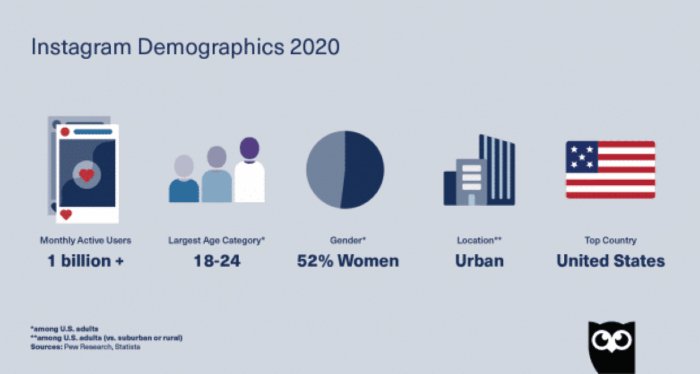
When sharing posts on LinkedIn, recognize that you’re targeting professionals, business owners, and business executives (not entertainers).
So if you’re using LinkedIn to promote shoes or clothing on your online store, share posts that are relevant to that audience. Here are some examples:
- 5 Modern Suits to Wear on a Board Meeting
- How to Dress to Impress Investors Every time
Pinterest users comprise 80% of women, Facebook, Instagram, Twitter have diversified demographics, while Reddit is mostly dominated by males.
2. Use Retargeting to Re-engage Visitors from Different Traffic Sources
Users who have visited your online store are often more qualified than users who haven’t interacted with your content or brand before.
If you advertise to the former and also track where the new ads, leads, and sales are coming from, you’ll instantly lower costs and boost sales.
Myfix Cycles, a Canadian Bicycle retailer earned $15 for every $1 spent on its Facebook retargeting campaigns. That’s 1,529% Return on Ad Spend (ROAS).
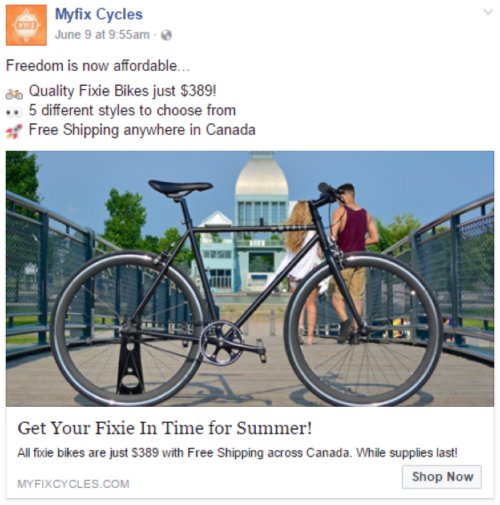
When retargeting, you can offer appropriate incentives for each traffic source. For example, offering a coupon to users who came from social media channels can increase sales. Just make sure that the retargeting content, the visuals, are relevant to your audience.
Also, offering free shipping can put your eCommerce business ahead of the competition. These incentives and rewards work well — especially if the potential customer is looking for a great deal online.
3. Create a Dedicated Landing Page for Each Traffic Source
To increase your online sales, design specific landing pages for product pages, sales pages, and customer success stories, for each traffic source.
For example, if you’re getting organic traffic from Google, then you should create dedicated content-rich landing pages for these users with visuals relevant to them. The same applies if you run a Facebook contest or YouTube video campaign.
Make sure there’s a ‘Message Match’ between what you shared on a platform and what users see when they visit your landing page.
If you offered a discount code on your Google ad, for example, then make sure it’s also present on your product page. This will significantly increase the number of buyers you attract and help you make more money.
4. Identify Purchase Intent for Each Traffic Source
All traffic sources to an eCommerce store aren’t created equal. The quality of the traffic and purchase intent will likely vary based on where the users are coming from.
For example, if you drive traffic from Google organic search to your online store, you can expect high conversion rates — especially if you’ve done an SEO audit and optimized yoru pages for buyer keywords. Customers know exactly what they want when searching on Google.
Of course, you still have to optimize your landing pages to squeeze out every conversion from this audience, but the ‘search intent’ matters most.
On the other hand, if you’re running Facebook ads and targeting potential customers on Facebook, you have to remember that people use Facebook and other social networks to ‘socialize.’ Part of socializing is getting rewards, incentives, you name it.
So when you recommend products, offer clearer incentives as well. This will motivate users to buy or at least, subscribe to your newsletter. Then you can follow up via email to get them to buy the ‘said’ product.
5. Adjust Your Ads Goal Based On Your Product
What product are you selling? Are you running Facebook ads already?
Okay, this might be the right time to adjust your Facebook Ads Objective. Providing maximum value to users should be the focus. Everything else is secondary, including making sales.
For example, if your product is new and you want to Create Awareness for your product, then you can drive clicks directly to your social galleries where they can learn more about the product and see other real people using and enjoying it.
Here’s an ad from Snag Tights with real people (UGC!), specifically for creating awareness.
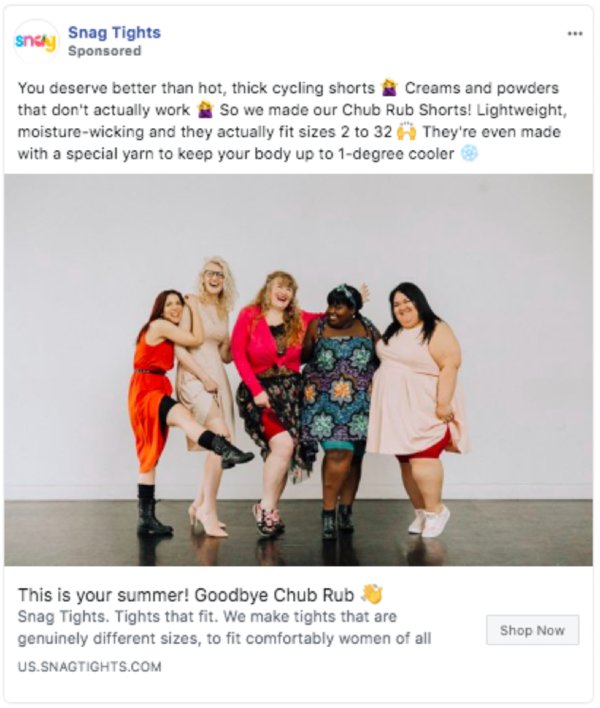
On the other hand, you should choose “Conversions” if you want people to see your product ad and buy. In this case, you’ll want to offer coupons, free shipping, and other incentives to encourage social users to buy.
It’s also important to create a dedicated page that will highlight product features and benefits. For example, iNECTA, an eCommerce brand that offers food ERP solutions to Seafood merchants created a dedicated page that caters for seafood traders only.
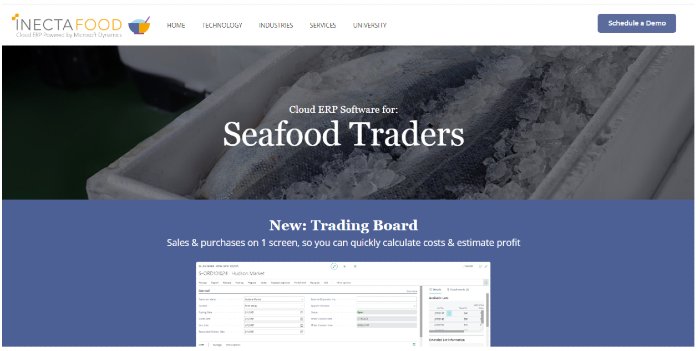
You’ll increase your eCommerce store’s conversion rates if you adjust your advertising objective based on what you’re selling.
6. Improve Page Speed For PPC Traffic
Page speed matters everywhere, and especially in eCommerce space. Online shoppers don’t want to waste time on a slow-loading online store.
If you’re a new eCommerce marketer, you may want to save money and invest in page speed tools.
Hence, it’s important to optimize for page speed, especially when you’re running Pay-Per-Click (PPC) ads. Many online shoppers use Smartphones and Tablets. They want your product page to load quickly, Otherwise, they’ll switch to your competitor.
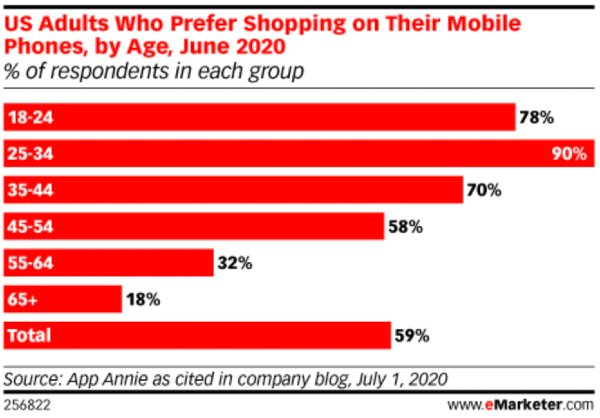
According to research, there’s a 90% chance that a shopper will bounce if a mobile page loading time increases from 1 – 5 seconds.
Of course, your landing page design, logo placement, product features, and curated customer content are all important, none of these matter if your page doesn’t load quickly. Work on your page speed to increase conversions from PPC traffic.
7. Build A Strong Social Media Presence
It’s easier to attract a broad audience to your eCommerce site if you’re actively marketing on social media.
With billions of people already enjoying social media, it’s become pretty easy to reach tens of thousands of people with your unique message and content.
And you don’t have to waste time with manual tasks, use a platform to plan your day, organize your calendar, then automate posting and tracking.
There’s a chance that potential customers will find you on social media networks by seeing your content, then enter your product name or website on Google search box to learn more/buy your product.
8. Make it Easy for Customers to Reach You
Regardless of what channel (such as social, organic search) customers came from, they want their questions answered on time and their objections addressed.
They want to access the right products on your site or store without struggling. Hence, it’s important to provide clear contact information.
One example is Infinite Recovery, a rehab center that also sells therapy kits. They display their phone number and contact form, making it easy for people to reach them via any means.
Making your contact information visible is proof that you’re legit. People will feel more confident to buy from you.
After all, your phone number, email address, online ticket system, physical address, etc., are visible and valid. Integrating live chat support can also make a big difference in your online sales.
9. Improve your Conversion Rates with User-Generated Content
If your brand is known for delivering high-quality products and great post-purchase experiences, you’ll be generating word of mouth.
This happens primarily when happy customers spread the word about your products on social. According to Nielsen Global Survey of Trust and Advertising, “recommendations from friends is the most credible form of advertising among online shoppers.”
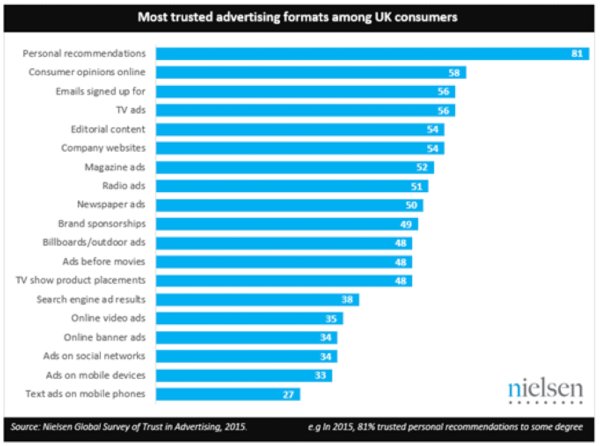
It’s important to encourage and harness this social content to put it to use for your brand across every touchpoint. One study even found that UGC can increase conversions by 74%!
Conclusion
eCommerce conversion rates vary from one sector to the other.
However, given the dynamic nature of the web, where one traffic source may work well today and fizzle out tomorrow, you need to diversify and invest in several traffic channels (such as Facebook ads, Google ads, Instagram, Twitter, Reddit, blogging).
While organic search (mainly from Google) still provide some of the highest conversions for eCommerce stores, it’s important to continue experimenting with different traffic sources (e.g., Affiliates, Facebook ads).
We’re here to help optimize social commerce. Schedule a demo to speak with our experts.
Burkhard Berger is the founder of awesomex™. You can follow him on his path from 0 to 100,000 monthly visitors on www.awesomex.com. His articles include some of the best growth hacking strategies and digital scaling tactics that he has learned from his own successes and failures.



